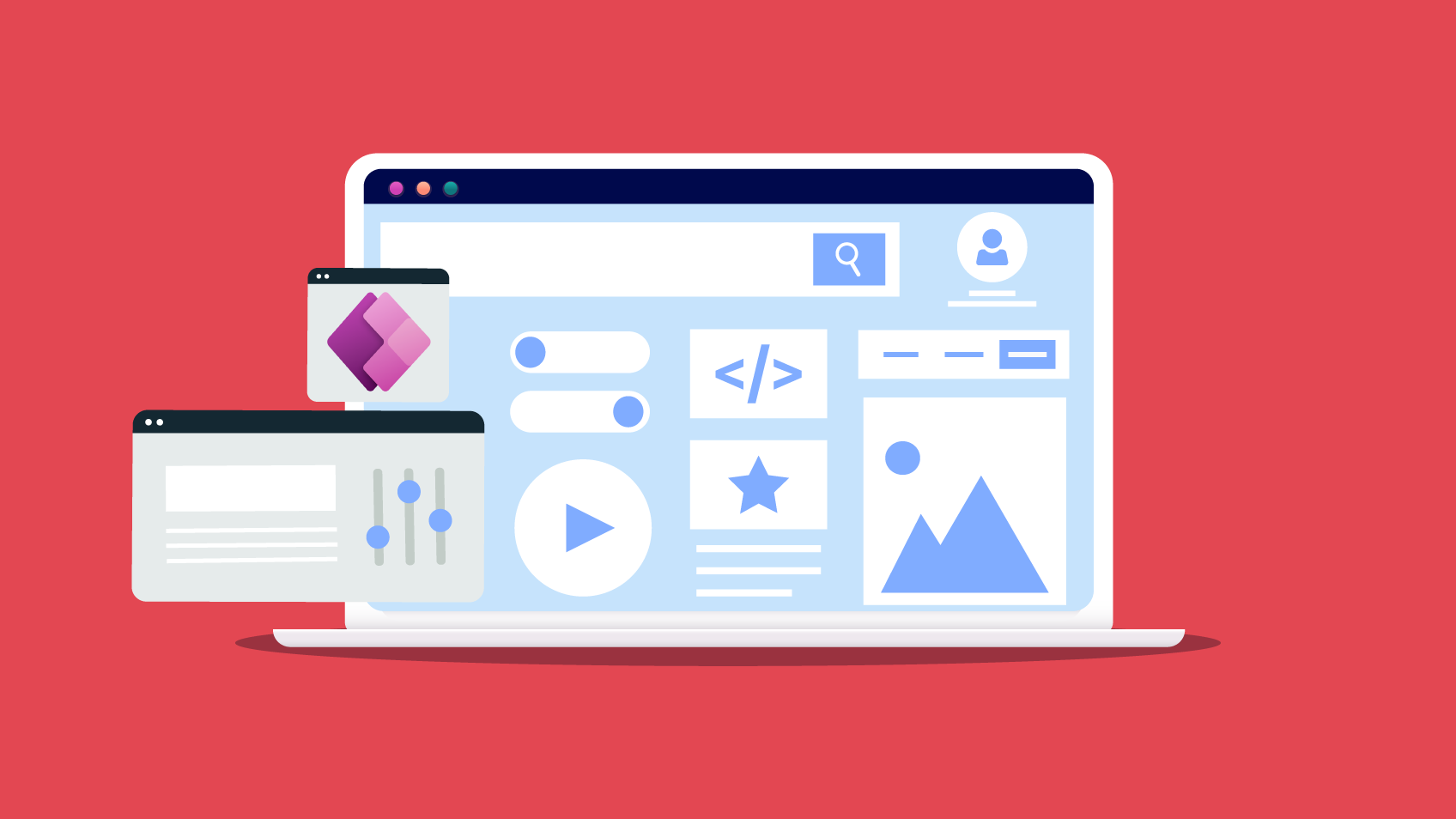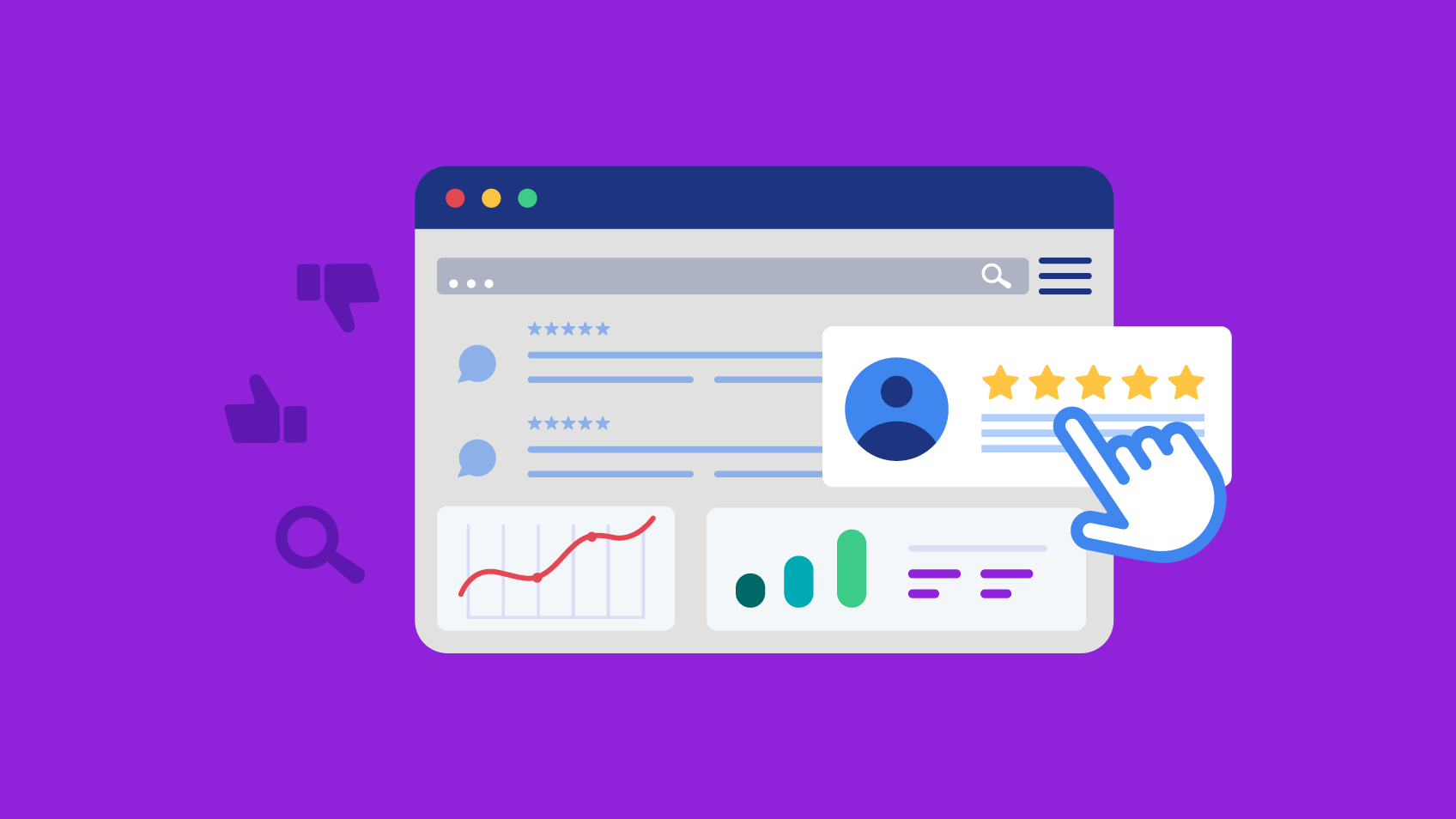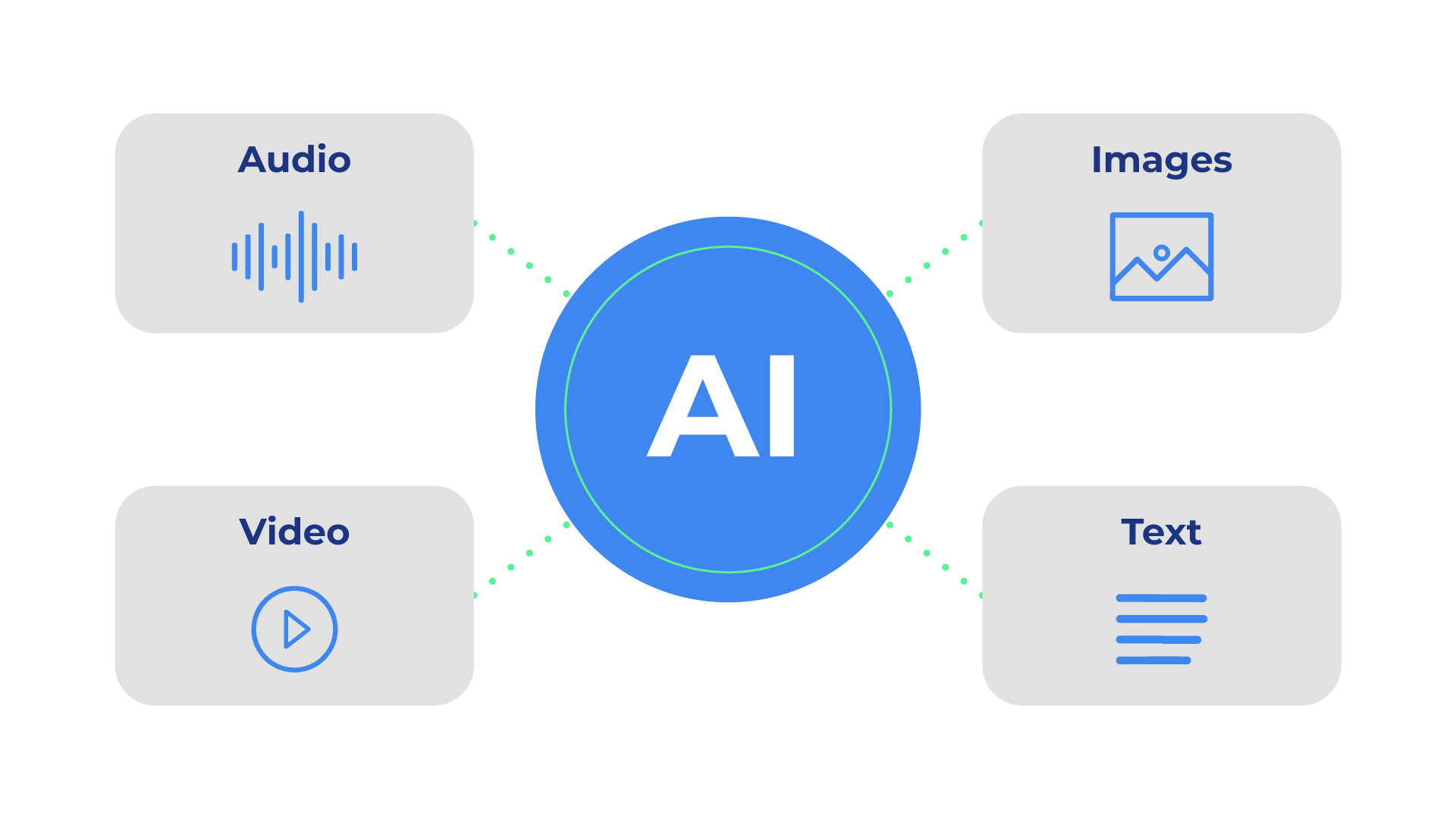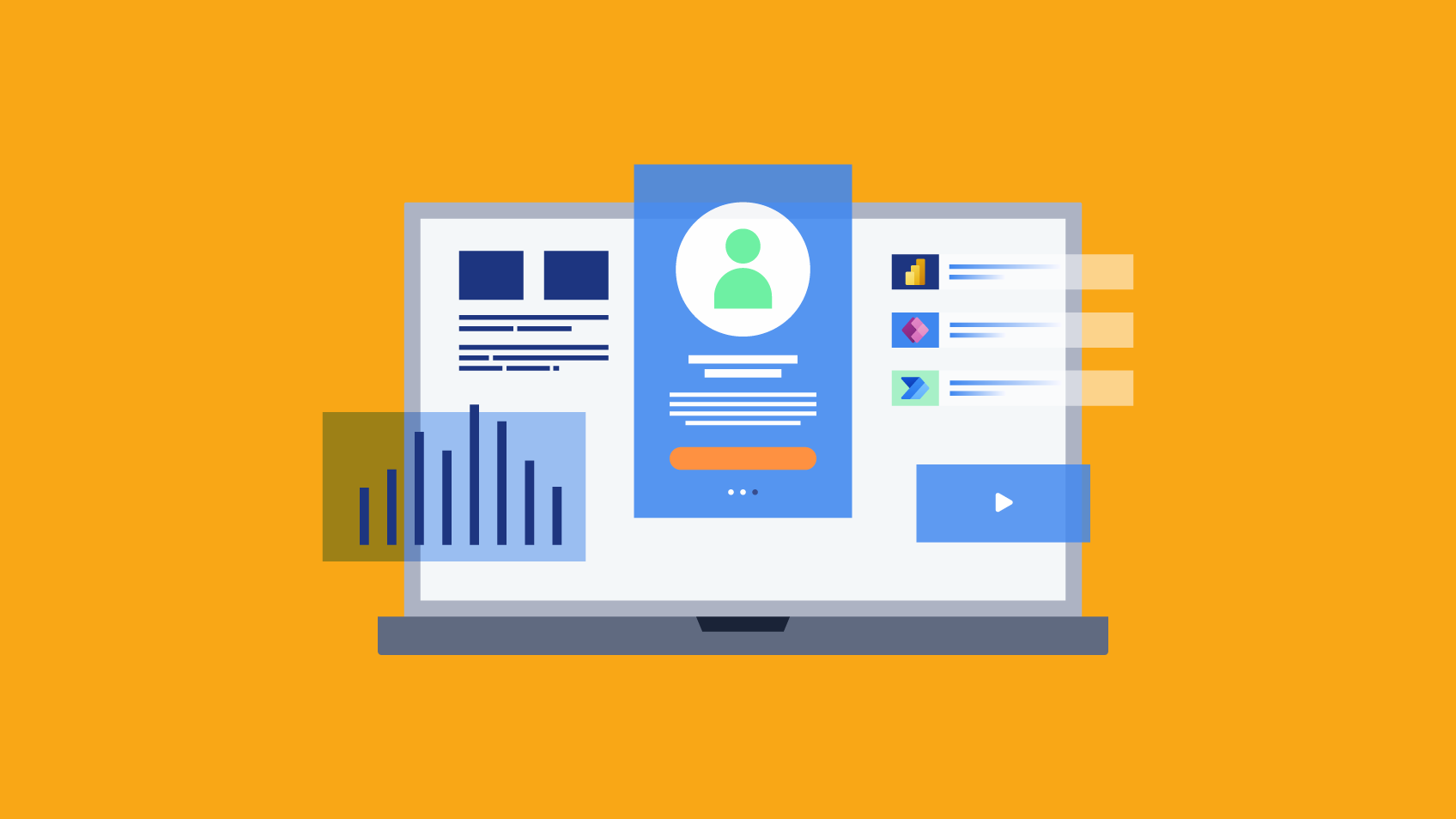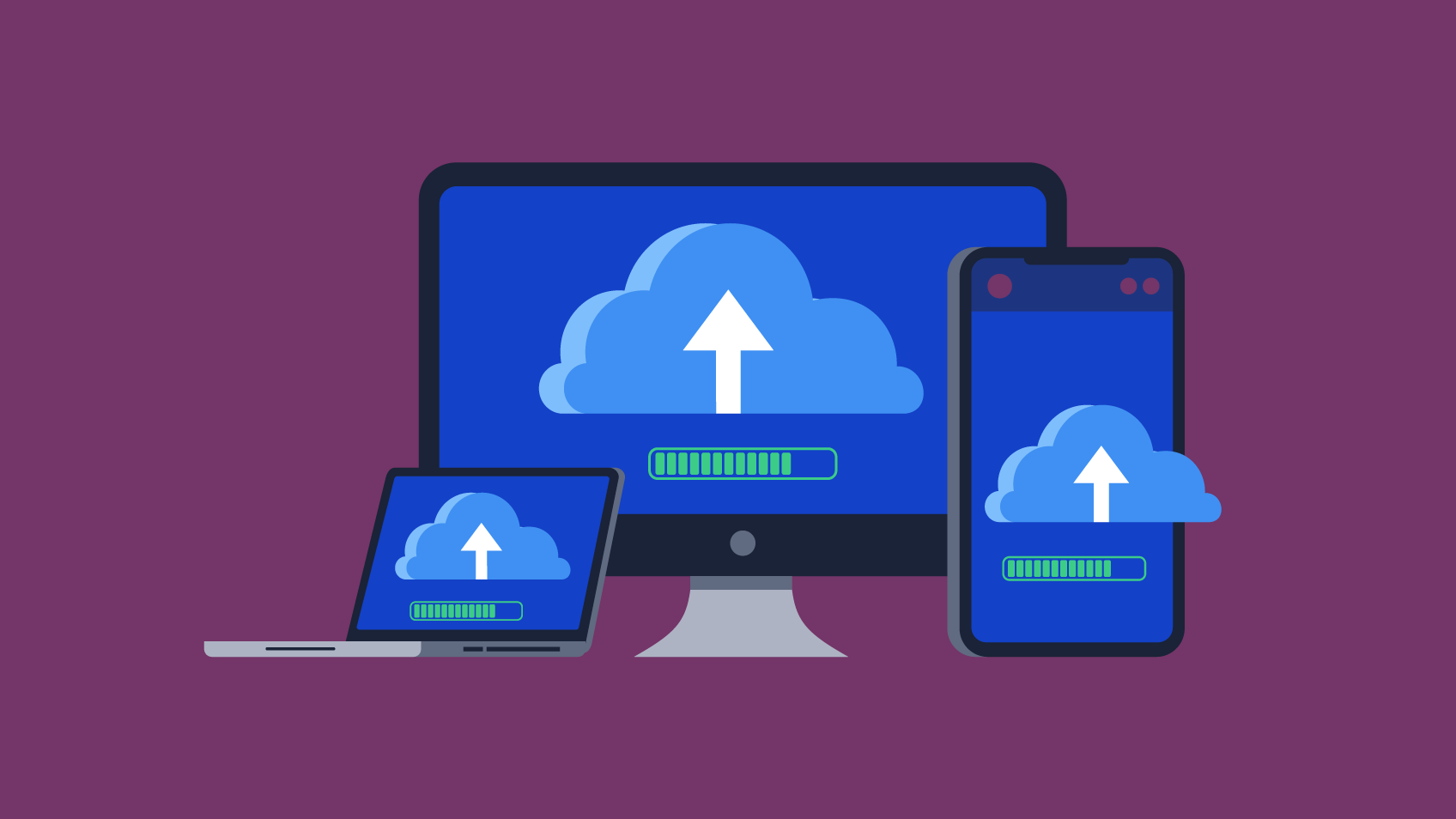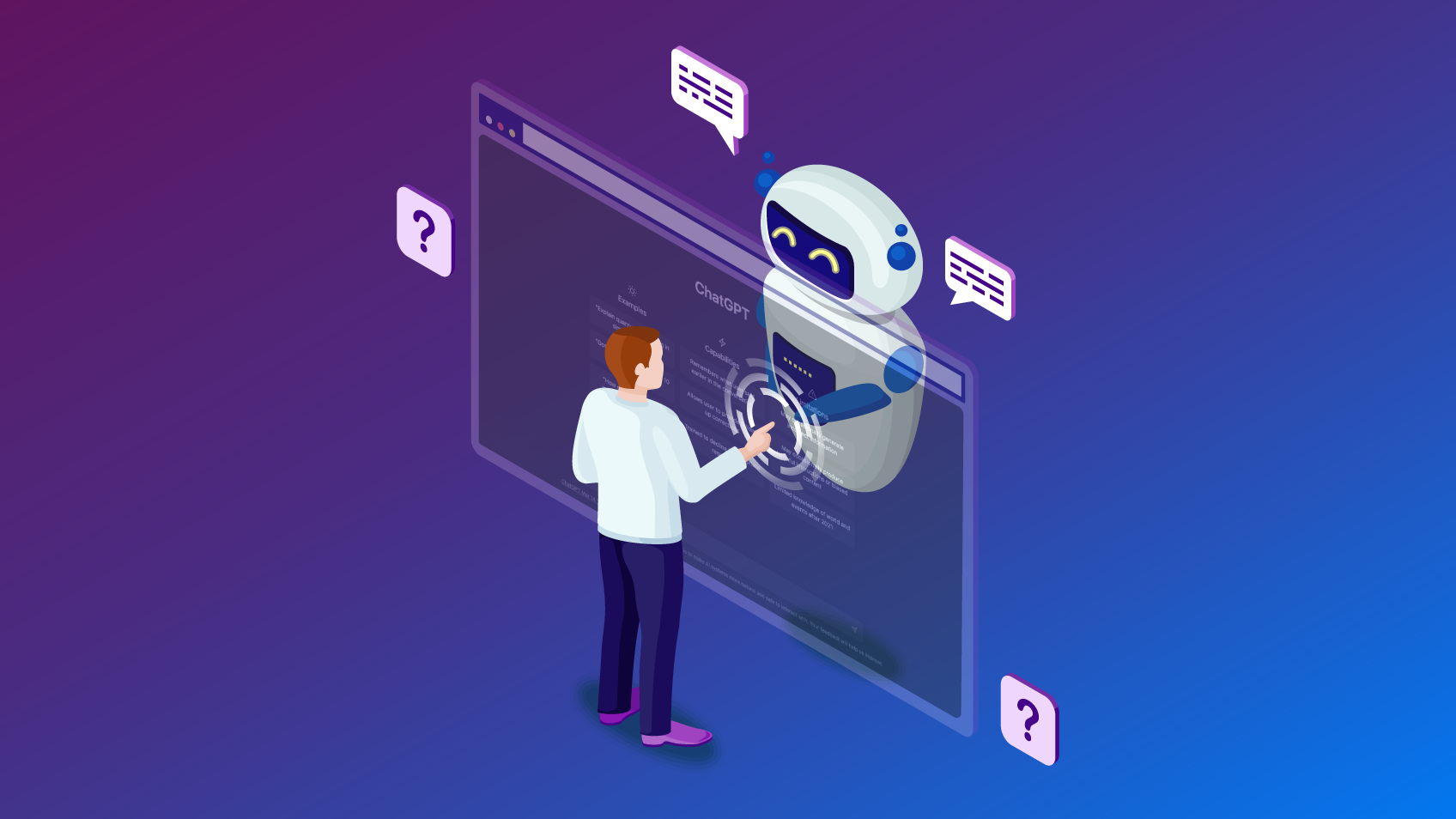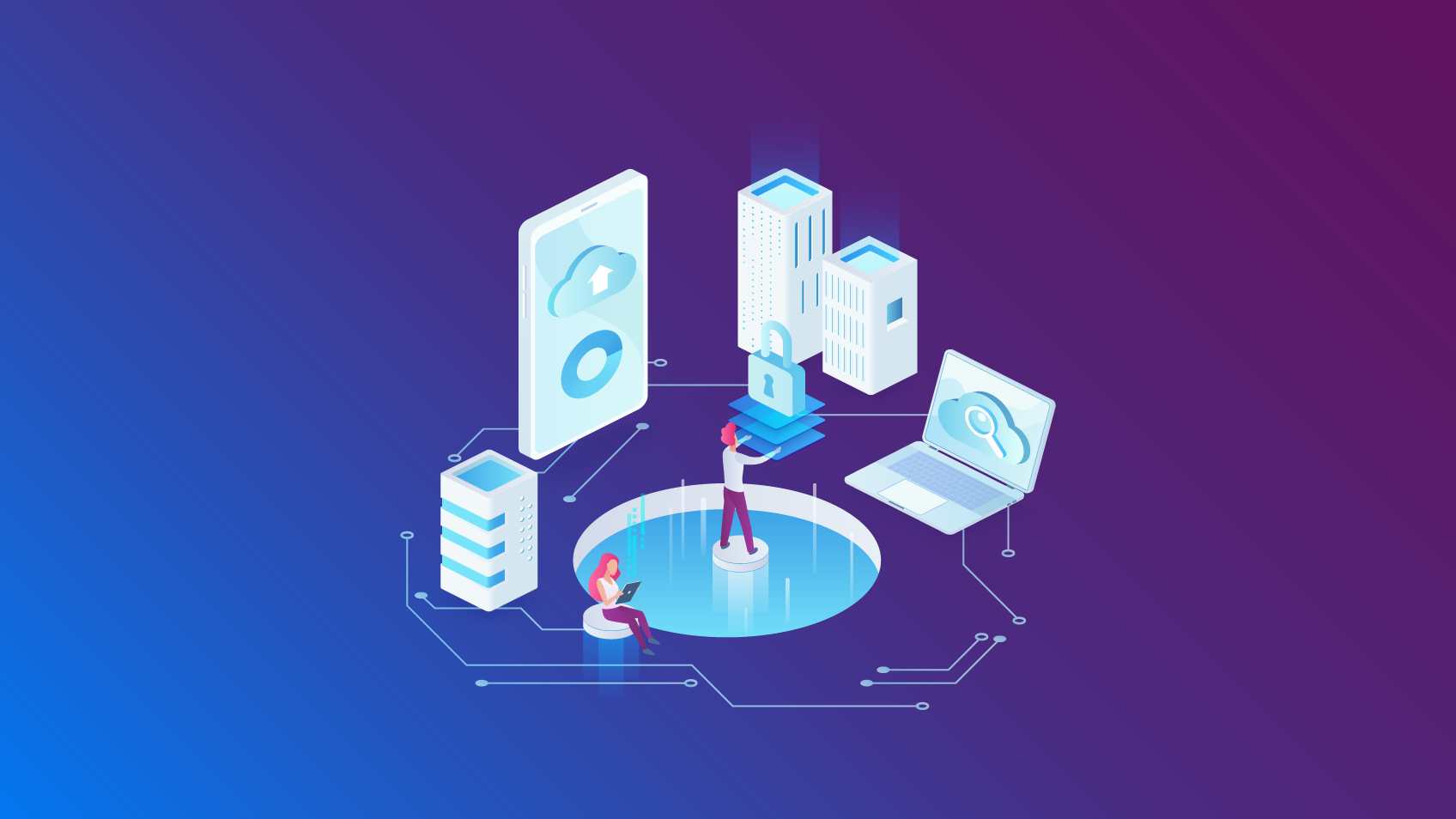5 SECONDS-SUMMARY:
- Power Apps allow rapid development time, high customisability and easy integration with other systems.
- Integrated with Artificial Intelligence (AI) technologies, such as Copilot, this can be the ally your business needs.
- This article will explore Power Apps‘ market impact and how to achieve a sustainable future with Power Apps.
Technology is the main driver behind today’s societal evolution, and digital solutions are key instruments for achieving a sustainable future. More than just simple applications, digital tools are transforming how individuals, organisations and communities worldwide use technology to make substantial progress towards sustainability.
As such, we must continue to approach the topic of sustainability as an ally across various organisational aspects, particularly in creating sustainable digital solutions, which remains a differentiating factor for organisations.
Through this vision, we can redirect the current perspective of organisations towards a path of tangible actions that have benefits in the short, medium and long term.
Impact of Microsoft Power Apps in the market
Power Apps, an integral part of the Microsoft Power Platform, are software applications designed to perform and address specific tasks and needs. These applications are frequently used by various organisations to improve productivity and collaboration, making it easier for users to access and share information.
Furthermore, they are versatile digital tools, allowing us to build everything from a simple mobile app that assists in daily team tasks to a complex enterprise application that manages large data volumes and automates different business processes end to end.
What distinguishes Power Apps from other products, however, is their rapid development time, high customisability and easy integration with other systems already in use by the organisation, making them an invaluable resource for organisations looking to address internal challenges while taking tangible steps in their sustainability efforts.
On the journey of transforming ideas into impactful solutions, where Power Apps really stands out is most evident when it is integrated alongside Artificial Intelligence (AI) technologies, such as Copilot.
By providing code suggestions, automating processes and offering intelligent insights, the synergy between Copilot and Power Apps accelerates the app development process, allowing organisations to review their internal and external processes with a focus on becoming more sustainable. Integration with Copilot can even assist developers in building and designing applications that are not only efficient but also aligned with sustainability objectives.
Whether by optimising resource allocation, monitoring resource usage parameters or reducing waste management, Copilot integration can help developers create more intuitive apps that drive organisations’ operational excellence.
The Role of Power Apps in sustainability
One of the fundamental pillars of sustainability is the principle of doing more with fewer resources. In this regard, we can affirm that Power Apps are a central tool in any company’s strategy for business process streamlining, as they are a digital product that reduces waste and maximises resources.
Consider a real-life example: an app created for real-time, intelligent energy management that adjusts lighting, heating and cooling significantly reduces energy consumption – and the carbon footprint. Or an app that helps reduce a dependency on physical resources (highly paper-dependent processes), creating greater resource efficiency while reducing waste.
The journey from idea to impact is long and complex, but Power Apps can become allies in the goal of building solutions to help address companies’ most pressing challenges. Combining technology with innovation, we will focus on building digital solutions that not only serve today’s society, but also help sustain a more robust future.
Various industries, segments or departments can benefit from this technology, such as:
• Insurance: Eliminating paper use and converting physical processes into digital formats. This can include insurance policies, claims, consent forms and customer communications.
• Banking: Automating banking processes like credit analysis, risk management, and compliance will make them more efficient and reduce the need for physical and human resources.
As we unlock the potential of Power Apps for building solutions like those mentioned above, we continue to move towards making these technologies accessible, scalable and even more impactful. As we keep developing digital tools that allow us to better understand and manage the resources and systems we rely on, the vision of a sustainable, efficient, inclusive world becomes tangibly closer to our reach.
Different ideas require different solutions and depending on how much sophistication is required, are realised most efficiently when an organisation works alongside a partner that really understands its needs.
At Xpand IT, we continue to commit to innovate, collaborate and implement digital solutions so that our clients can continue to make real and lasting impacts on our planet and society and can rely on our expertise from conception to completion.
Contact us to advance your idea, enhance digital transformation in your company, and achieve a sustainable future with Power Apps.

